The Ford Motor Company’s Magic Skyway attraction was among the five most-attended shows at the 1964-1965 New York World’s Fair. The attraction was conceived and created by some of the most talented people working for WED Enterprises, the forerunner of Walt Disney Imagineering.

In addition, guests on their time-traveling journey came face-to-face with a new entertainment medium: Dozens of moving, grunting and snarling Audio-Animatronics figures.
The Ford-sponsored attraction was one of four shows created by Disney for the Fair. General Electric’s Carousel of Progress, Pepsi-Cola’s it’s a small world and the Great Moments with Mr. Lincoln presentation in the Illinois state pavilion were the other attractions bearing the Disney stamp.
To say the Ford Magic Skyway was a breakthrough achievement would be to underscore its importance on the theme park landscape at the time. Let’s start with the development of a new ride system, which transported brand new Ford Motor Company vehicles through the massive pavilion.
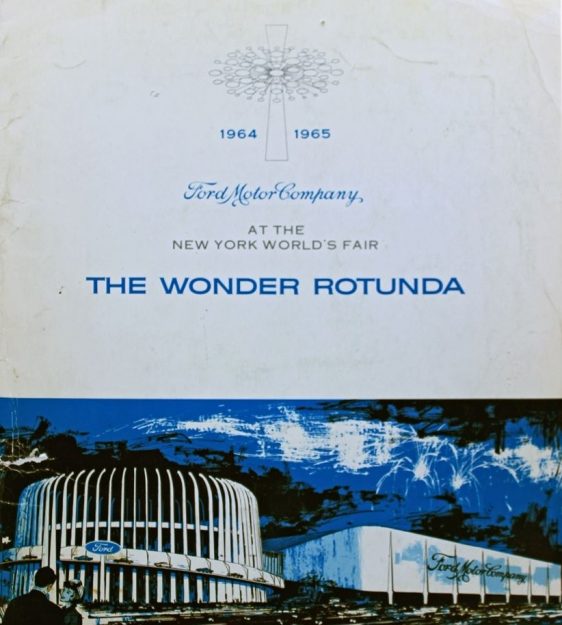
At the 1939-1940 New York World’s Fair, Ford had an attraction where guests would climb into new Ford automobiles. After boarding, however, guests would be driven through the pavilion by Ford employees.
During the developmental stages for the new attraction for the 1964-1965 Fair, Walt Disney told Ford chairman Henry Ford II that, instead of having a human driver, “We’ll just automate it. We’ll have the cars run automatically. We can do it by using the booster brake system we have on the Matterhorn at Disneyland.”
There was one problem with that statement: The new ride system that would back up Walt’s promise had yet to be devised. When Walt returned to California after meeting with Ford, he sought out Bob Gurr, his go-to guy when it came to any park attraction on wheels.
“OK, Bobby,” Walt said to Gurr, “you’re gonna work on the Ford ride. I told them you’re going to use the booster brakes, so get started.”

The system consisted of small drive wheels inserted at the crest of each hill on the Matterhorn Mountain coaster, allowing each roller coaster car to either accelerate or decelerate, keeping all the cars on the track at a safe distance from one another. The boaster brakes helped make the Matterhorn the first roller coaster on which more than one ride vehicle could be put on the track at the same time.
THE CARS WERE PROPELLED BY EMBEDDED MOTORS
For the Ford ride system, Gurr expanded on that concept, inserting motors with rotating wheels into the track. The motors were spaced a few feet apart throughout the course of the attraction. The spinning wheels came in contact with metallic plates affixed to the undersides of the cars, thus ensuring a smooth ride.
To make the job of the embedded motors easier, most of the autos’ heavier main part, such as the engines and transmissions, were removed. And to make it easier getting in and out of the cars, they were all top-down convertibles. The Ford Magic Skyway brought guests up close and personal with an exciting new theme park entertainment element, dubbed Audio-Animatronics.
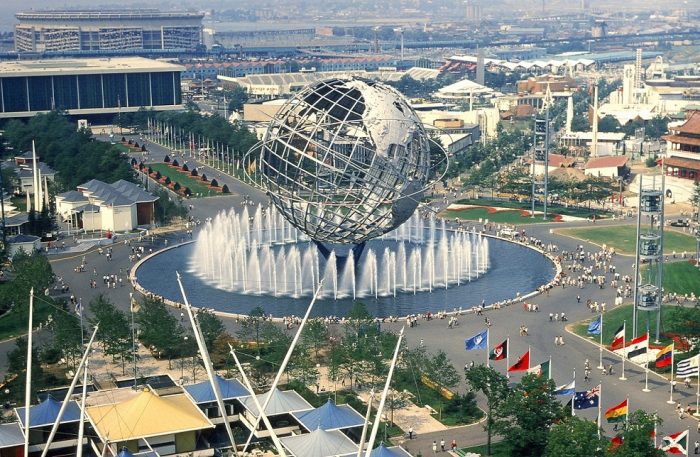
The family in the Carousel of Progress who traveled through the history of advances in electricity; the pint-sized singing dolls featured throughout the small world pavilion; and the stunning Abraham Lincoln figure who performed daily in the Illinois state pavilion all benefited from the mass production of robotic parts.
In a televised preview of the four Disney shows, Walt Disney referred to his new “artists,” who replaced pencils and brushes with slide rules and blow torches.
WALT BECAME THE VOICE OF THE RIDE IN 1965
Speaking of Uncle Walt, in 1964, Disney television announcer Dick Wesson provided a narration which came blaring out of each car’s radio speakers. The script for the narration was written by Marty Sklar.
Coupled with background music composed by George Bruns, the result was a dramatic, informative and entertaining show. When Henry Ford II decided to replace Wesson with Walt Disney for the 1965 season, Walt agreed … reluctantly.
“We recorded Walt early in the morning in early 1965 at the Disney Studios,” Sklar remembered in 2013. “He had a terrible cough and kept blowing the lines.”
At the beginning of the session, Walt was apologetic. “Pardon me,” he said at one point. But as the day wore on, he did get a little testy, according to Sklar.
“He’d say, ‘Marty, are you sure these dinosaurs are spelled correctly?’ as he stumbled over the pronunciation of Stegosaurus. “Yes, Walt, I got the spellings right out of the dictionary,” Sklar answered.

“Thanks to some old-fashioned magic we call imagination,” Walt began his narration, “this Ford Motor Company car will be your time machine for your journey.” Sklar also was responsible for selecting the placement of each speaker along the ride. Days before the attraction was to debut in 1964, he meticulously made marks along the route where the speakers should be placed to maximize the presentation.
MARKS FOR SPEAKERS WERE PAINTED OVER
When he returned to the attraction to supervise the placement of the speakers, Sklar was shocked to find that a painter had covered over all his marks. Nonplussed, Sklar made sure he was inside the pavilion on the day each speaker was placed.
When the Fair closed in October of 1965, all four Disney-created attractions were packed up and trucked back to California. Carousel of Progress and it’s a small world had pavilions waiting for them, while Great Moments with Mr. Lincoln took up residence in the Main Street Opera House.
And many of the Ford dinosaurs were placed in diorama scenes along the Disneyland Railroad.
Join the AllEars.net Newsletter to stay on top of ALL the breaking Disney News! You'll also get access to AllEars tips, reviews, trivia, and MORE! Click here to Subscribe!



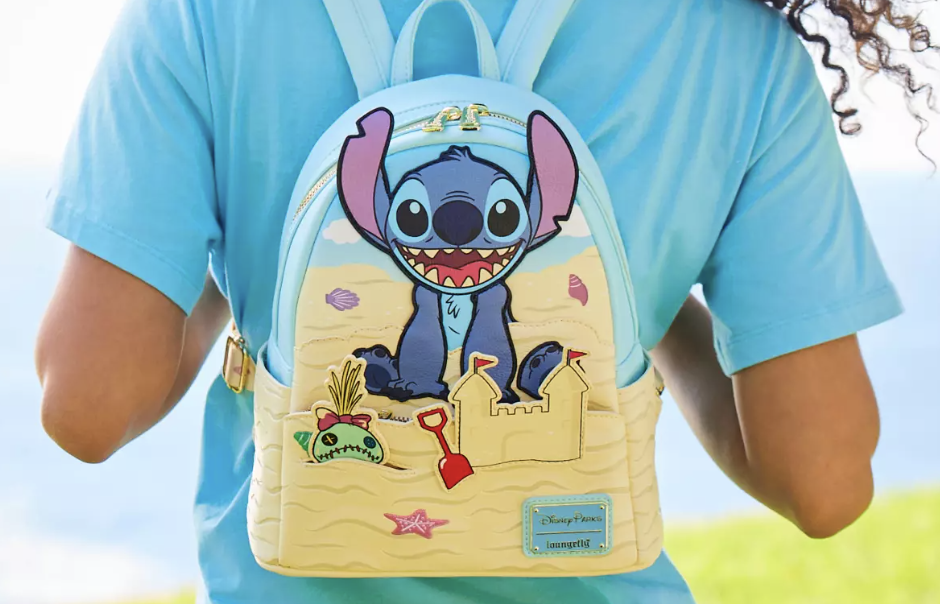
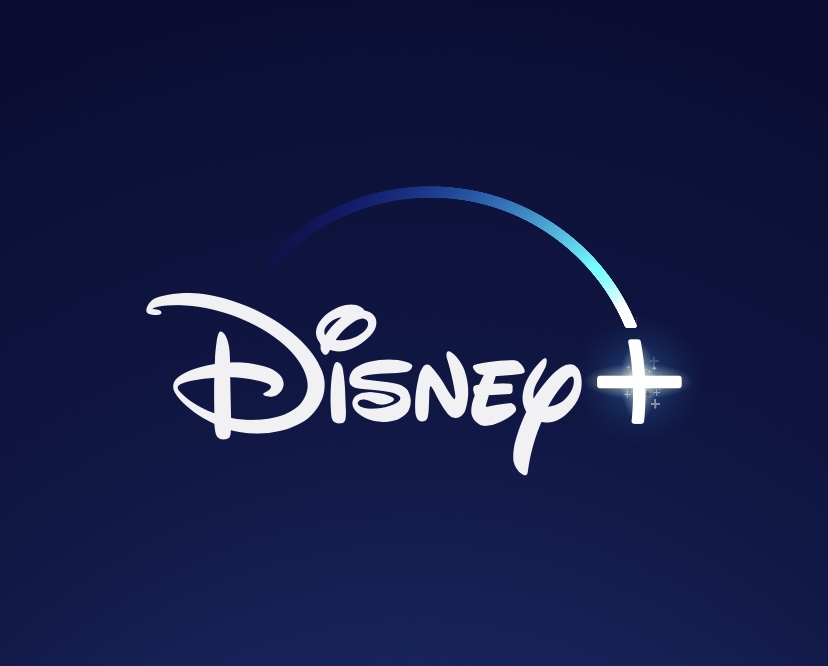

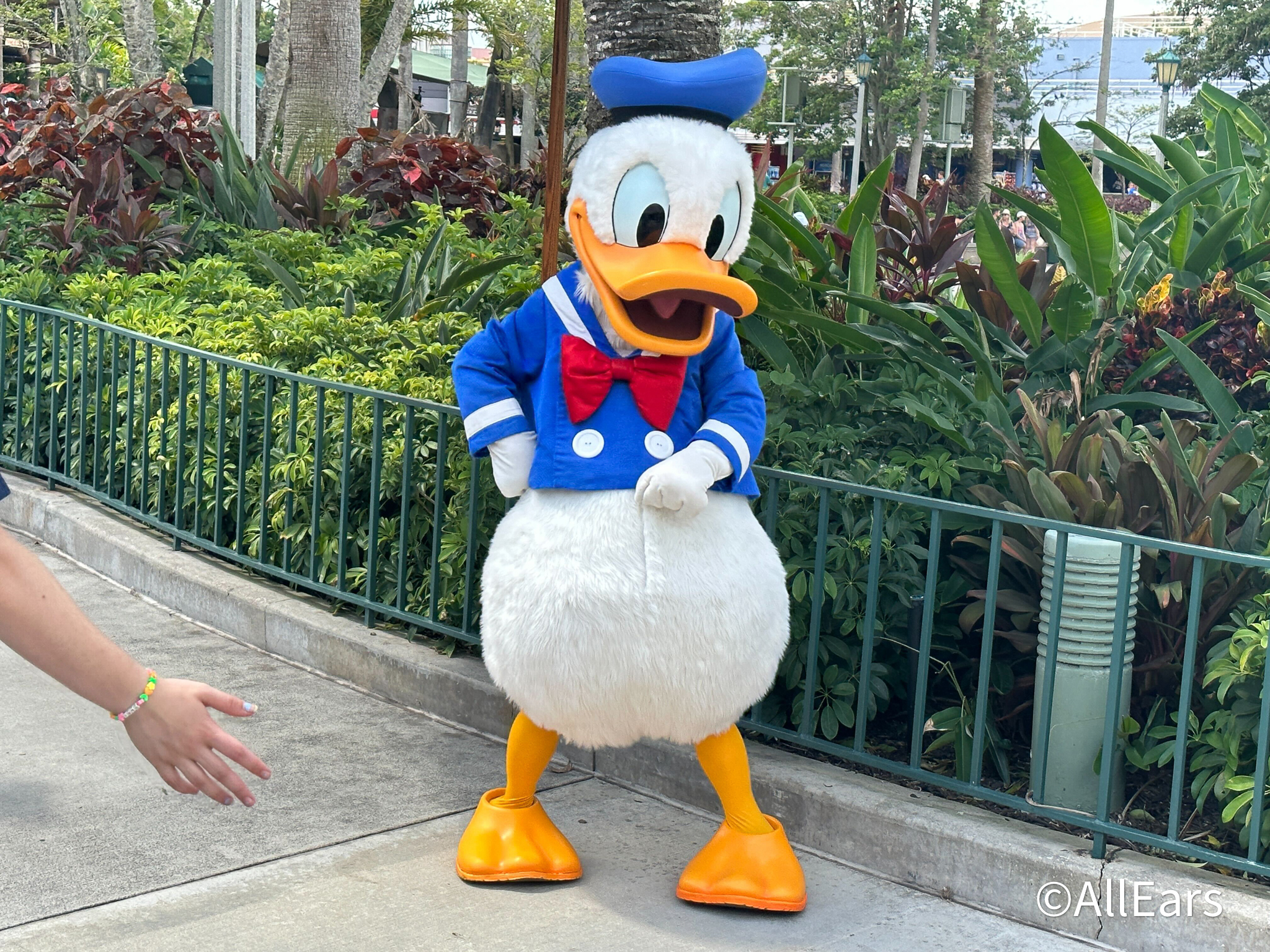

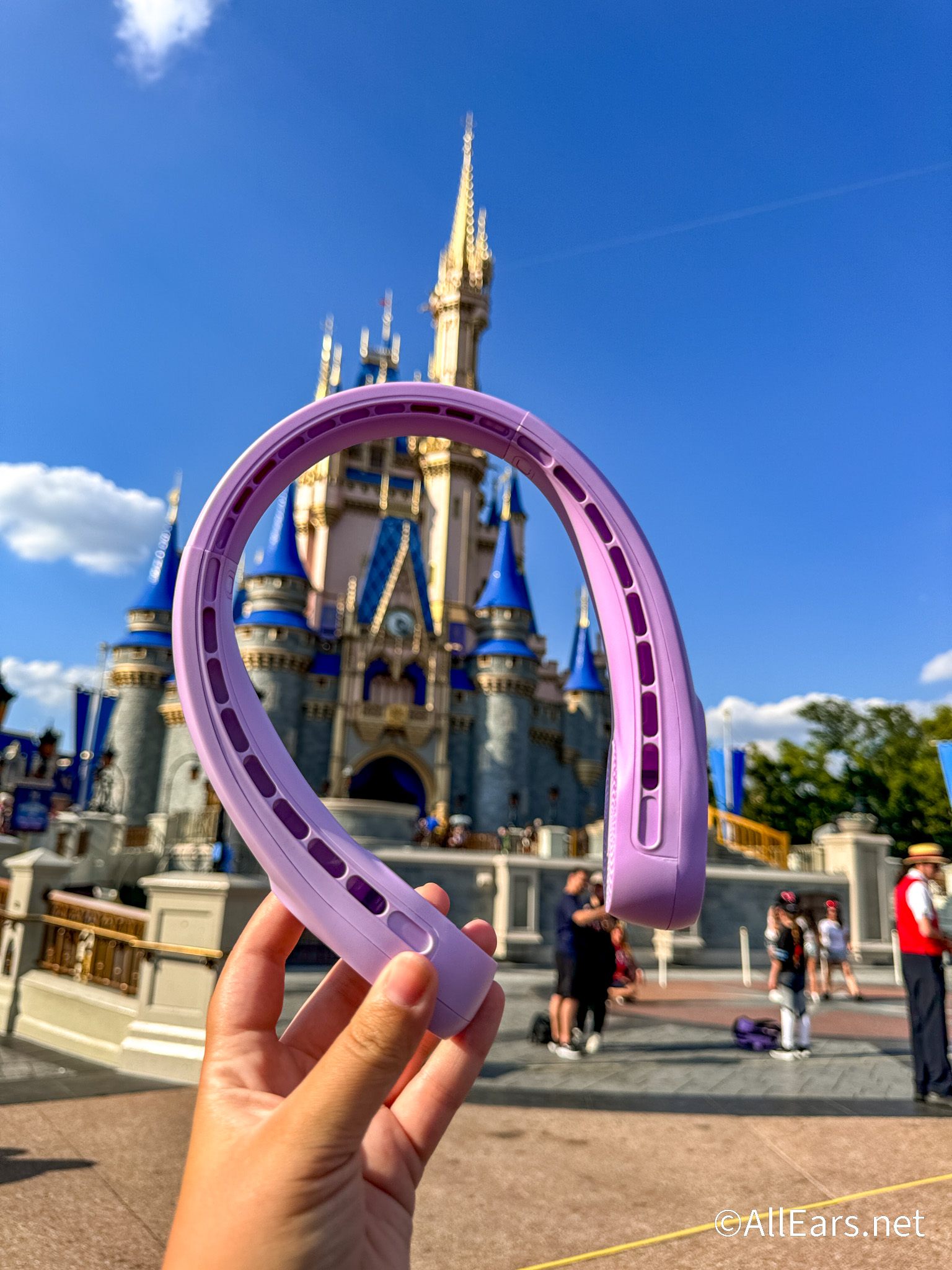



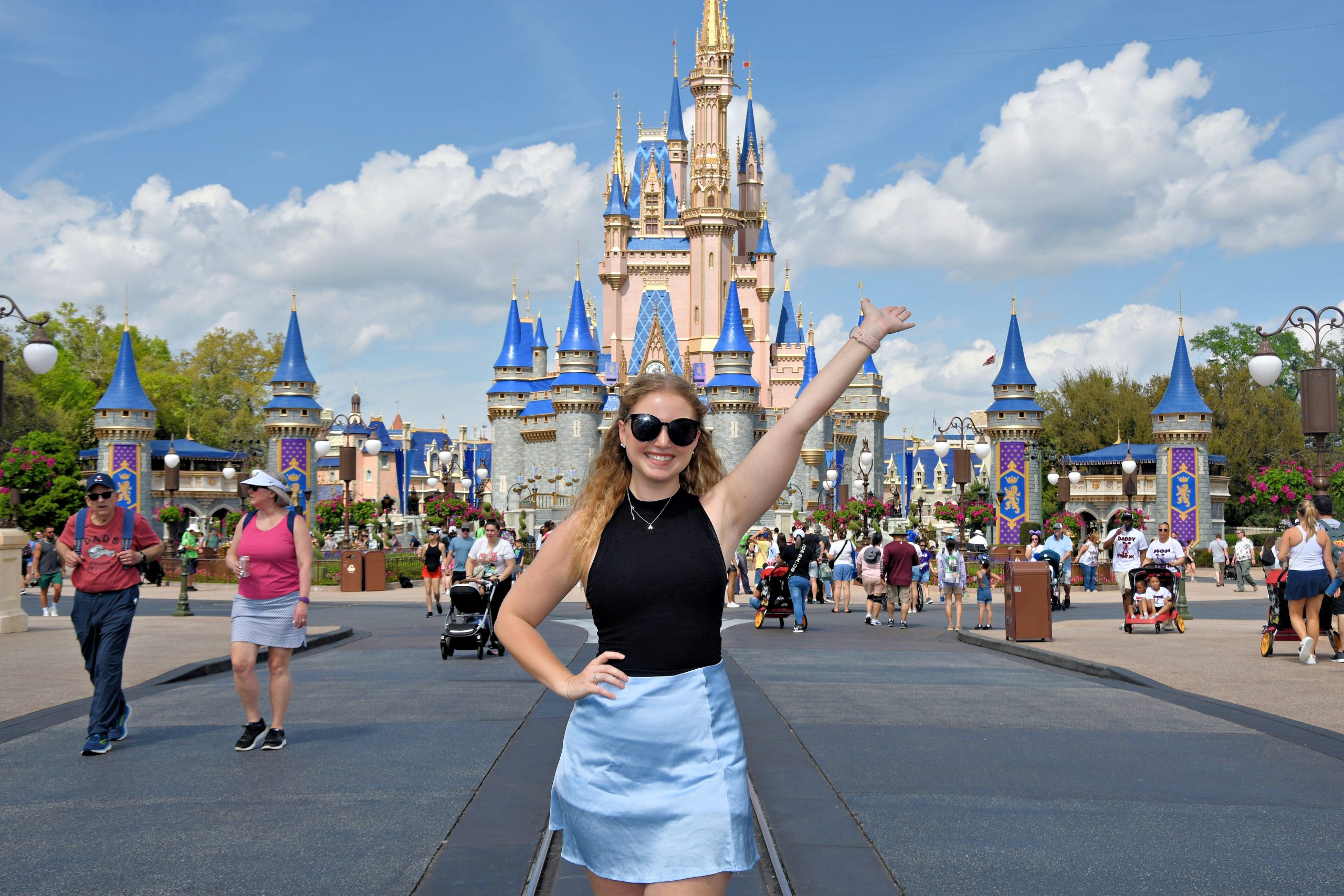
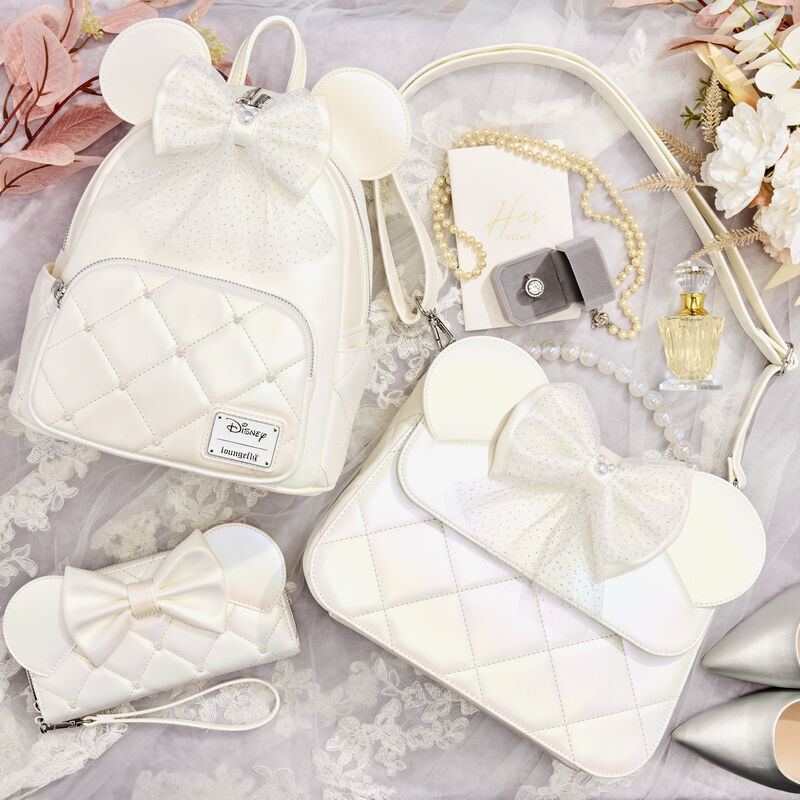

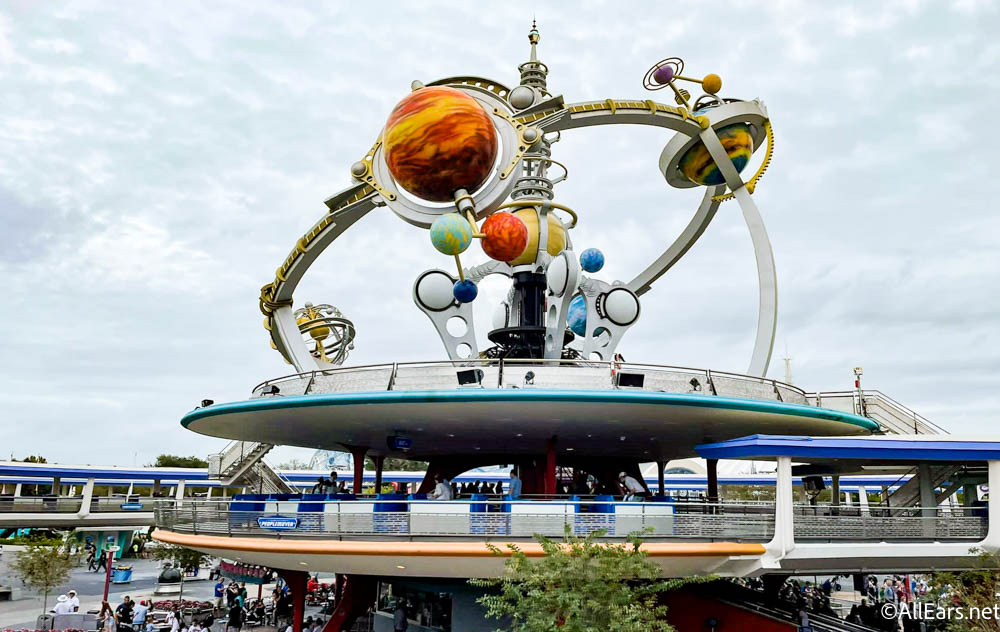
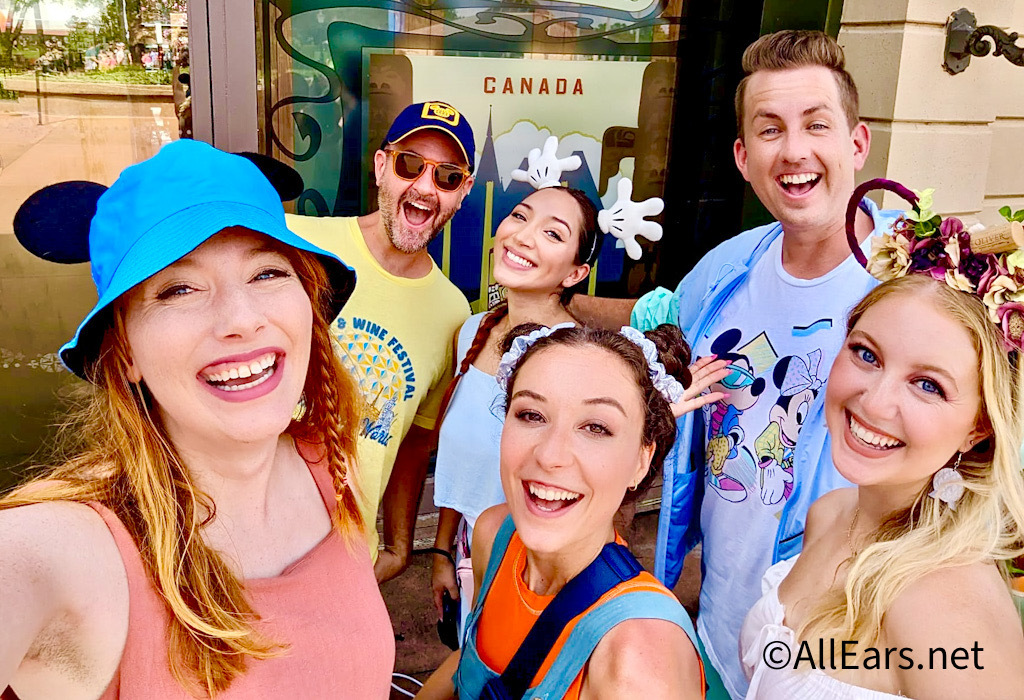




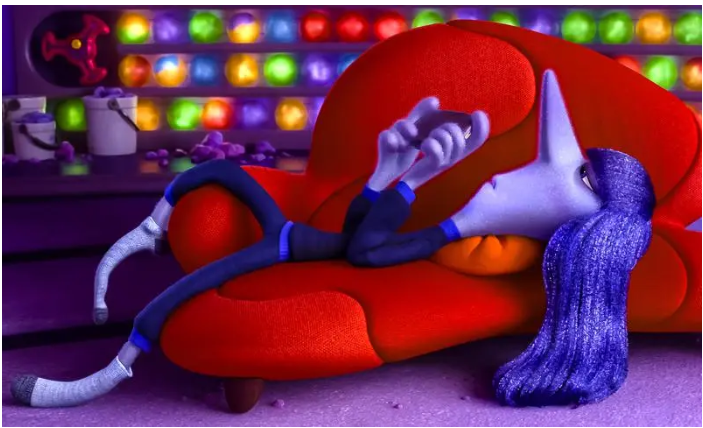
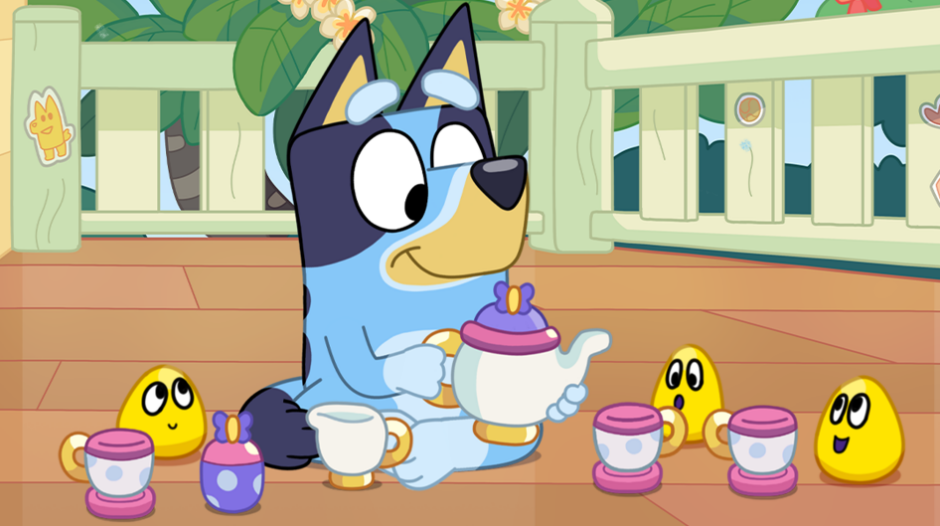

That Ford attraction is the one thing I remember the most from our visit to the World’s Fair in ’65 when I was nine. Loved reading all the background information.
Boy did that bring me back. Great article.
Loved this. I rode the Magic Skyway many time and the pics and write up brought it all back to me. Good Job. Thanks for the great article!
Love the history, interesting facts and how the Magic- was-made stories on Disney. Good article Chuck!